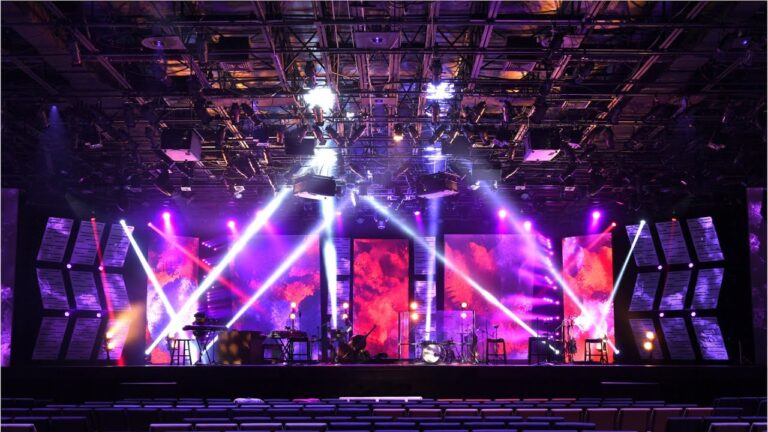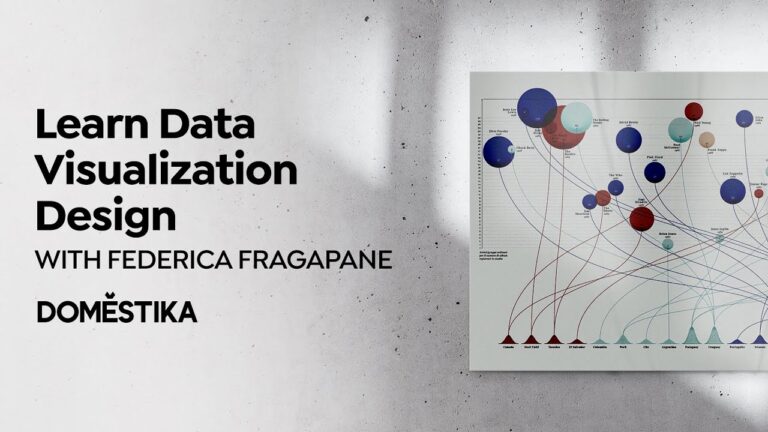Dance Notator Job: Salary & Responsibilities

Dance Notator Job Description Template
Dance Notator Job Description A dance notator is a professional who transcribes dance movements and choreography into a written form. Their primary role is to accurately document dance sequences, steps, and patterns so that they can be preserved and reproduced by other dancers in the future. This job requires a deep understanding of various dance styles and techniques, as well as excellent attention to detail and the ability to effectively communicate through written symbols and notations. The key responsibilities of a dance notator include attending dance rehearsals and performances to observe and record the choreography, translating the movements into a standardized dance notation system, and creating detailed written scores or diagrams for dancers to follow. They may also collaborate with choreographers and dancers to ensure the accuracy and authenticity of their transcriptions. The importance of a dance notator lies in their role as custodians of dance history and tradition. By accurately documenting choreography, they contribute to the preservation and dissemination of dance knowledge. Dance notators also play a crucial role in dance education, as their transcriptions serve as valuable learning resources for future generations of dancers. In order to be successful in this role, a dance notator must possess strong analytical and observational skills, as well as a deep passion for dance. They must also have a strong grasp of dance theory and be proficient in using specific dance notation systems, such as Labanotation or Benesh Movement Notation. In conclusion, a dance notator is a vital figure in the dance community, responsible for capturing and preserving the beauty and intricacies of dance through written notation. Their work ensures that dance remains a living art form that can be shared and appreciated by generations to come.Dance Notator Responsibilities
Dance Notator Requirements
How Much Does A Dance Notator Make?
Dance Notator Salary
| Occupation | Salary |
|---|---|
| Dance Notator | $45,000 |
A dance notator is responsible for transcribing and documenting dance movements, choreographies, and routines. They work closely with choreographers and dancers to ensure accurate representation and preservation of dance compositions. The average salary for a dance notator is around $45,000 per year. However, salaries may vary based on factors such as experience, location, and the specific organization or company they work for.
Dance Notator Salaries by Country
Top Paying Countries for Dance Notator
| Country | Average Salary (USD) |
|---|---|
| United States | $70,000 |
| Switzerland | $65,000 |
| Australia | $60,000 |
| Germany | $55,000 |
| United Kingdom | $50,000 |
Dance notators are highly skilled professionals who transcribe dance movements into written form. They play a crucial role in preserving and documenting various dance forms. The salaries for dance notators can vary significantly depending on the country they work in. According to the data, the top paying countries for dance notators are the United States, Switzerland, Australia, Germany, and the United Kingdom. These countries offer average salaries ranging from $50,000 to $70,000 per year. It is important to note that these figures are averages and individual salaries may vary based on factors such as experience, qualifications, and demand for dance notation services within each country.
A video on the topic Dance Notator
Video Source : The Australian BalletInterview Questions for Dance Notator
1. What is Dance Notator?
Dance Notator is a system or method used for recording and analyzing dance movements. It is a form of notation that allows dancers, choreographers, and researchers to document and communicate dance sequences.
2. How does Dance Notator work?
Dance Notator uses a specific set of symbols and notational techniques to represent different dance movements, steps, and patterns. These symbols are usually drawn on a staff-like grid to indicate the timing and spatial aspects of the dance.
3. What are the benefits of using Dance Notator?
Dance Notator offers several benefits, including:
- Preserving choreographic works for future reference
- Facilitating the teaching and learning of dance routines
- Enabling choreographers to recreate or restage dances accurately
- Allowing for in-depth analysis of dance movements and patterns
4. Who uses Dance Notator?
Dance Notator is mainly used by dance professionals, including choreographers, dance teachers, dancers, and researchers. It is also used by dance companies and institutions for archival and educational purposes.
5. What are some popular Dance Notation systems?
There are several Dance Notation systems, but some of the most commonly used ones include:
- Labanotation
- Benesh Movement Notation
- Eshkol-Wachman Movement Notation
6. How accurate is Dance Notator in capturing dance movements?
Dance Notator aims to capture dance movements as accurately as possible. However, it is important to note that some nuances and qualities of movement may be challenging to represent with complete precision. It largely depends on the skill and expertise of the notator.
7. Can Dance Notator be used for all types of dance?
Yes, Dance Notator can be used for various dance styles and genres. While some notations are more suitable for specific types of dance, the basic principles of dance notation can be applied universally.
8. Is Dance Notator widely used in the dance industry?
Dance Notator is not as widely used as other forms of dance documentation, such as video recordings or written descriptions. However, it remains an important tool for preserving and analyzing dance works, especially in the academic and research fields.
9. Are there any software or digital tools available for Dance Notator?
Yes, there are software programs and digital tools available that assist in the process of dance notation. These tools often provide a more efficient and user-friendly way of notating dance movements.
10. How long does it take to learn Dance Notator?
The time it takes to learn Dance Notator can vary depending on the individual’s background in dance and their familiarity with notational systems. It typically requires dedicated study and practice to become proficient in dance notation.






